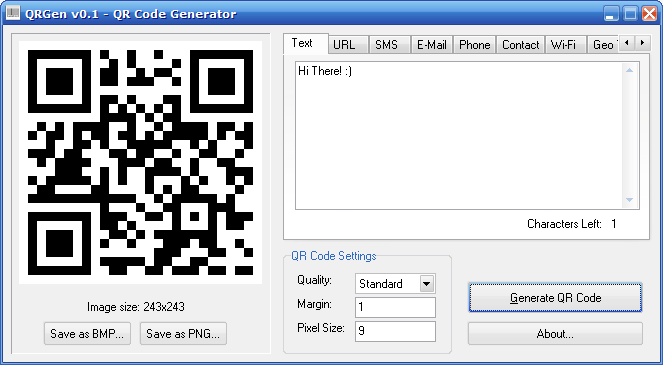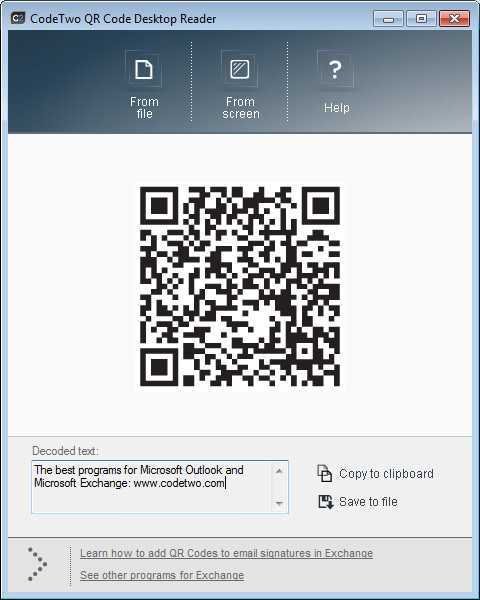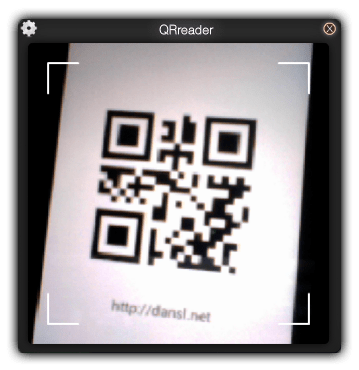One type of barcode code that has managed to quickly gain popularity is QR codes. With the appropriate ones applications, you can generate and read these codes without the need for any special Appliances. In this article we will explain what you need and how to create and read a QR Code

Create QR codes

- Step 1: Download, install and run it free program QRGen .
- Step 2: Select the type of code you want to make. You can choose between Text, URL, SMS, e-mail, phone, Contact, Wi-Fi, Geo Tag, and BlackBerry Messenger PINE.
- Step 3: Fill in the required fields in the right pane.
- Step 4 (optional): Adjust the quality, margin, and pixel size.
- Step 5: Click the Generate QR Code button.
- Step 6: Select whether you want to save your work as BMP or PNG.
(The alternative is to create qr-codes from the site http://www.qr-code-generator.com)
Reading from archive

- Step 1: Download, install, and run the free program CodeTwo QR Code Desktop Reader .
- Step 2-a: Choose to upload from a file and go to the location of the code… .. or
- Step 2-β: Select from the screen and drag a square box over the code that appears on your screen.
- Step 3: Copy to clipboard or save to file. The result is a simple txt file.
Read from a camera

Note: You need to have it installed Adobe AIR to work properly.
- Step 1: Download, install, and run it QReader .
- Step 2: Keep a QR Code station for a few seconds in front of a connected camera.
- Step 3 (Optional): Press the gear (top gear) to make the program automatically open the url address.





